57 pages • 1 hour read
Margaret AtwoodThe Handmaid's Tale
Fiction | Novel | Adult | Published in 1985A modern alternative to SparkNotes and CliffsNotes, SuperSummary offers high-quality Study Guides with detailed chapter summaries and analysis of major themes, characters, and more.
Themes
The Objectification and Subordination of Women
The objectification and subordination of women is central to Gileadean politics and is a recurrent theme in the novel. Following traditional patriarchal social organization, women are seen as members of a man’s household and are, effectively, his property. They are banned from working, owning property or money, and even reading. However, while all women are oppressed, they are not oppressed in identical ways. Rather, a spectrum of oppression runs from the relatively privileged Wives and the authoritarian Aunts down to Econowives, or wives of lower-ranking men; Marthas, or domestic servants; and “Unwomen,” women who do not or will not conform to Gilead’s misogynistic structures and are sent off to enforced brothels like Jezebel’s, or to the Colonies, to live out their short lives “sweeping up deadly toxins” (265).
The Handmaids experience a particular form of oppression that is intimately enmeshed with objectification. Rare in a world of declining birth rates, their fertility means they are simultaneously precious and subordinated in Gilead. They are celebrated for their fertility in such a way that they lose their autonomy and personhood and are reduced, as Offred phrases it, to the status of “two-legged wombs” (146). Like the other Handmaids, Offred is forced to endure 







Related Titles
By Margaret Atwood

Alias Grace
Margaret Atwood

Backdrop Addresses Cowboy
Margaret Atwood

Cat's Eye
Margaret Atwood

Death By Landscape
Margaret Atwood

Hag-Seed: William Shakespeare's The Tempest Retold
Margaret Atwood

Happy Endings
Margaret Atwood

Helen of Troy Does Countertop Dancing
Margaret Atwood

Lady Oracle
Margaret Atwood

Life Before Man
Margaret Atwood

MaddAddam
Margaret Atwood
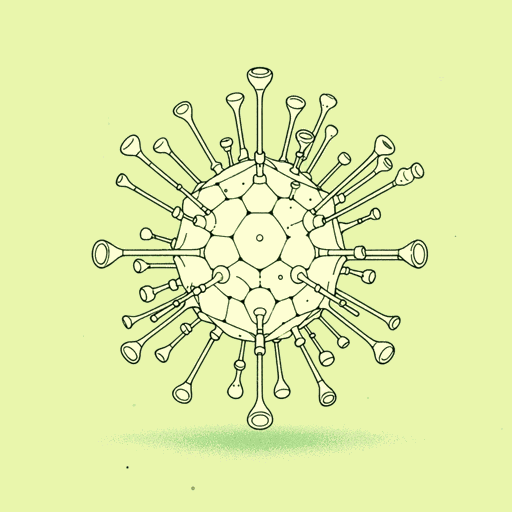
Oryx and Crake
Margaret Atwood

Rape Fantasies
Margaret Atwood

Siren Song
Margaret Atwood
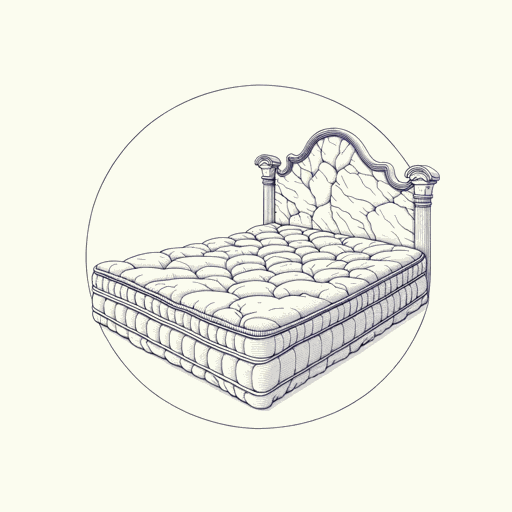
Stone Mattress
Margaret Atwood

Surfacing
Margaret Atwood

The Blind Assassin
Margaret Atwood
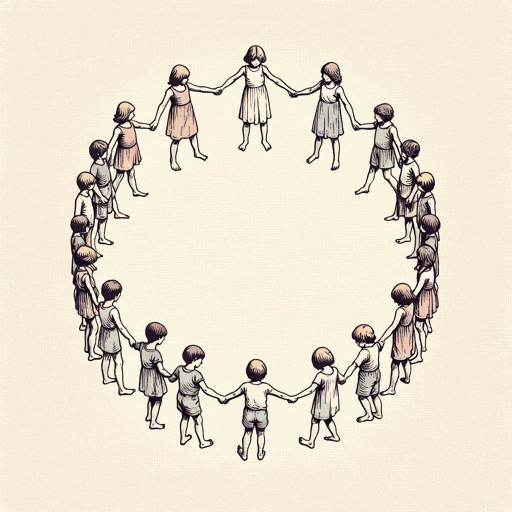
The Circle Game
Margaret Atwood
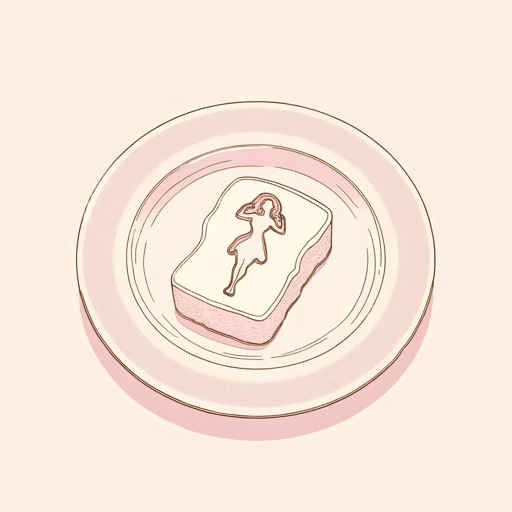
The Edible Woman
Margaret Atwood

The Heart Goes Last
Margaret Atwood
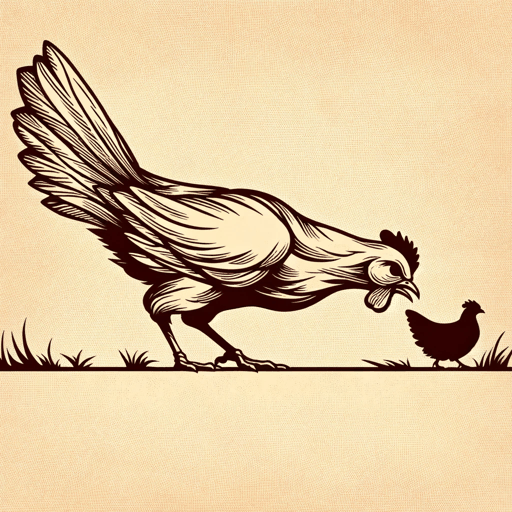
The Landlady
Margaret Atwood
